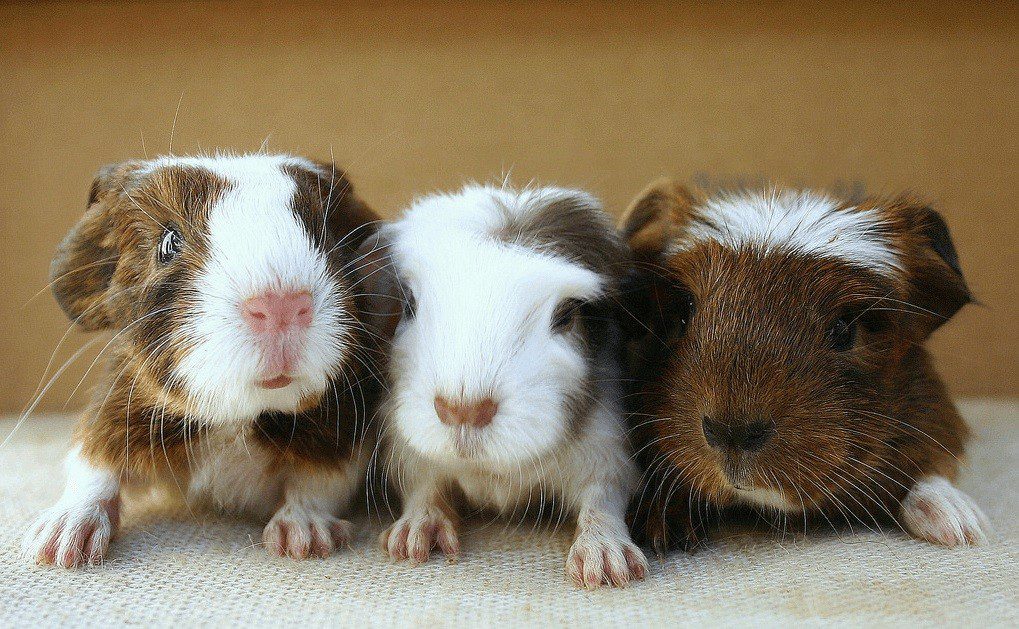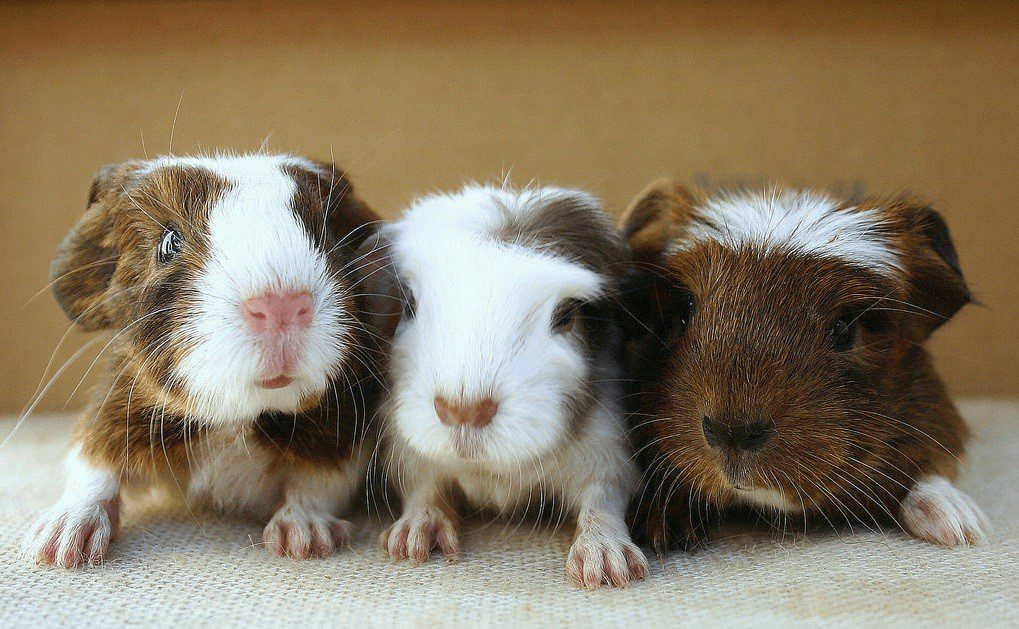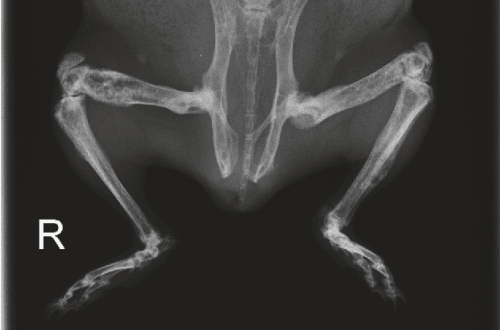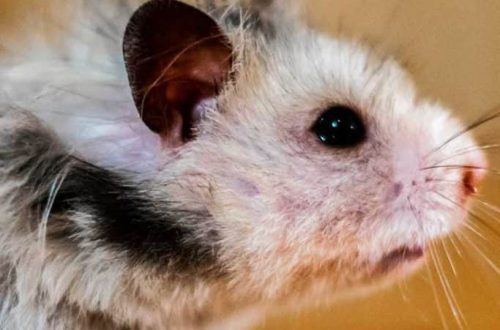
Rickets in guinea pigs
Rickets in guinea pigs is a disease characterized by a disorder of bone formation and lack of bone mineralization, caused by a deficiency of vitamin D and its active metabolites during the period of the most intensive growth of the body.
Rickets is a disease of the bone growth plate, and therefore rickets only affects young growing animals, especially in winter when there is a lack of sunlight.
The most common causes of rickets are dietary deficiencies of phosphorus or vitamin D in gilts. Calcium deficiency can also cause rickets, and although this rarely occurs naturally, poorly balanced calcium-deficient diets are said to be the cause. As with most diets that cause osteodystrophy, the most likely cause is an abnormal calcium to phosphorus ratio.
Rickets in guinea pigs is a disease characterized by a disorder of bone formation and lack of bone mineralization, caused by a deficiency of vitamin D and its active metabolites during the period of the most intensive growth of the body.
Rickets is a disease of the bone growth plate, and therefore rickets only affects young growing animals, especially in winter when there is a lack of sunlight.
The most common causes of rickets are dietary deficiencies of phosphorus or vitamin D in gilts. Calcium deficiency can also cause rickets, and although this rarely occurs naturally, poorly balanced calcium-deficient diets are said to be the cause. As with most diets that cause osteodystrophy, the most likely cause is an abnormal calcium to phosphorus ratio.

Symptoms of rickets in guinea pigs
The main symptoms of rickets in guinea pigs:
- joint thickening,
- limb curvature,
- sagging back,
- growth retardation.
The characteristic lesions of rickets are the insufficiency of both vascular invasion and mineralization in the area of preliminary calcification of the physical substance. This pathology is most evident in the metaphyses of the long bones. There may be a wide variety of clinical signs, including bone pain, stiff gait, swelling in the metaphyseal region, difficulty in lifting, drooping limbs, and pathological fractures. On radiographic examination, the width of the phases increases, the non-mineralized area of the physiological layer is distorted, and the bone may show a decrease in radiopacity. In advanced cases, angular deformity of the limb may be seen due to asynchronous bone growth.
The main symptoms of rickets in guinea pigs:
- joint thickening,
- limb curvature,
- sagging back,
- growth retardation.
The characteristic lesions of rickets are the insufficiency of both vascular invasion and mineralization in the area of preliminary calcification of the physical substance. This pathology is most evident in the metaphyses of the long bones. There may be a wide variety of clinical signs, including bone pain, stiff gait, swelling in the metaphyseal region, difficulty in lifting, drooping limbs, and pathological fractures. On radiographic examination, the width of the phases increases, the non-mineralized area of the physiological layer is distorted, and the bone may show a decrease in radiopacity. In advanced cases, angular deformity of the limb may be seen due to asynchronous bone growth.
Treatment of rickets in guinea pigs
Diet modification is the primary treatment for rickets. The prognosis is good in the absence of pathological fractures or irreversible damage. Exposure to sunlight (ultraviolet radiation) will also increase the production of vitamin D3 precursors.
A sick animal is placed in a clean, bright room; inside give 1-2 drops of trivitamin or trivita per day.
Irradiation with a quartz lamp for 10-15 minutes for 10-15 days is very useful.
Diet modification is the primary treatment for rickets. The prognosis is good in the absence of pathological fractures or irreversible damage. Exposure to sunlight (ultraviolet radiation) will also increase the production of vitamin D3 precursors.
A sick animal is placed in a clean, bright room; inside give 1-2 drops of trivitamin or trivita per day.
Irradiation with a quartz lamp for 10-15 minutes for 10-15 days is very useful.





